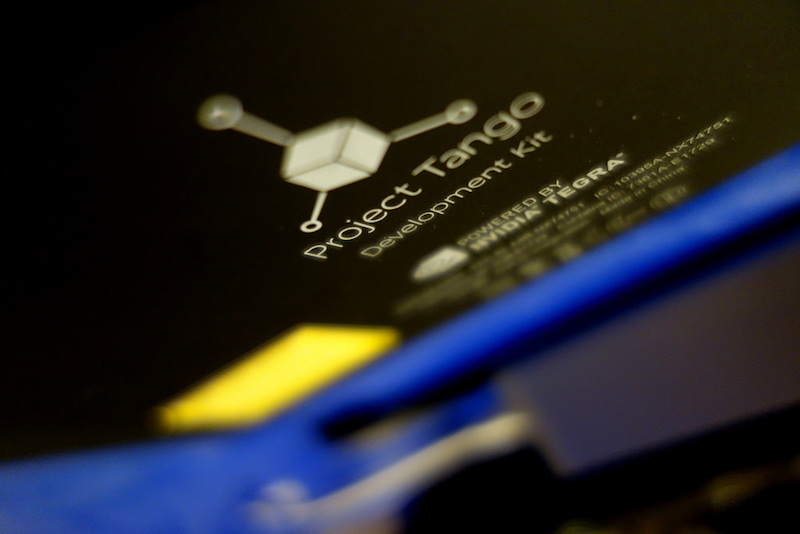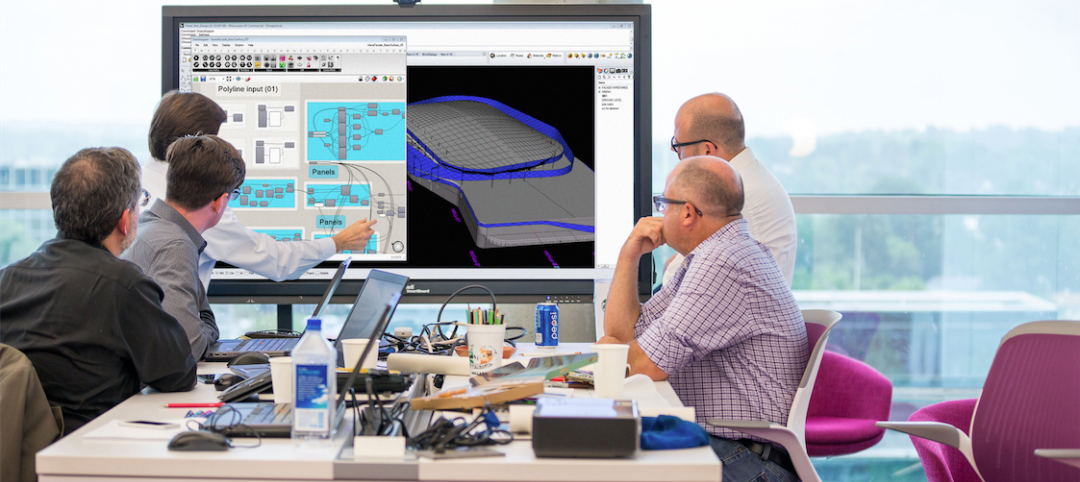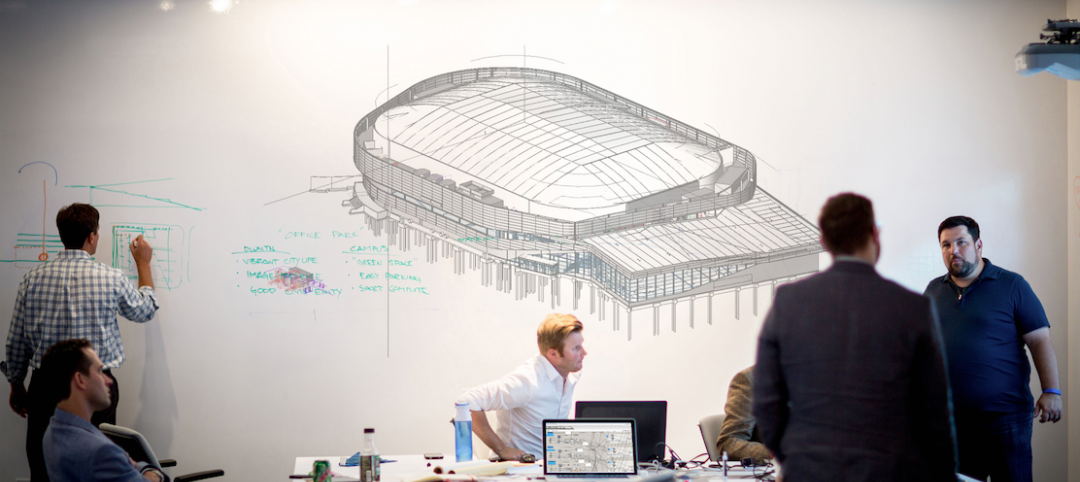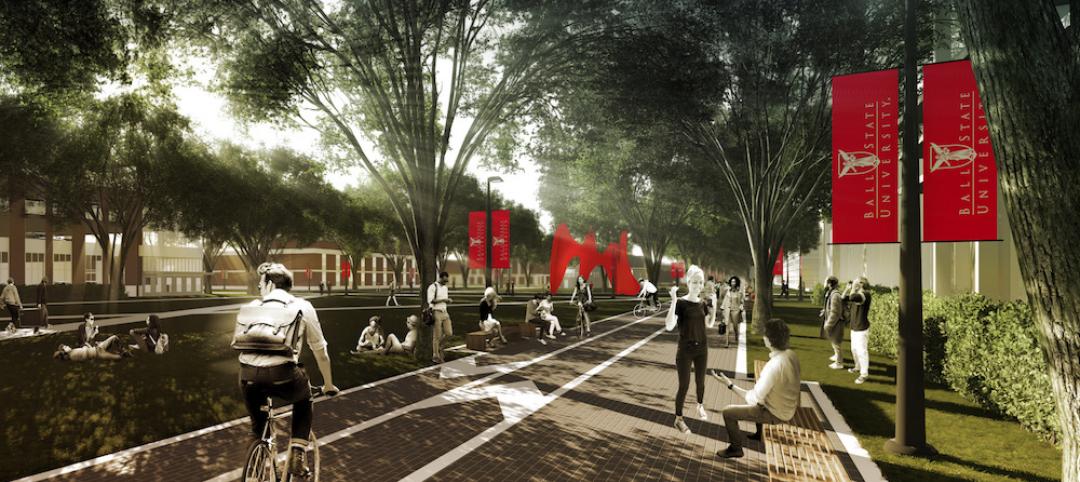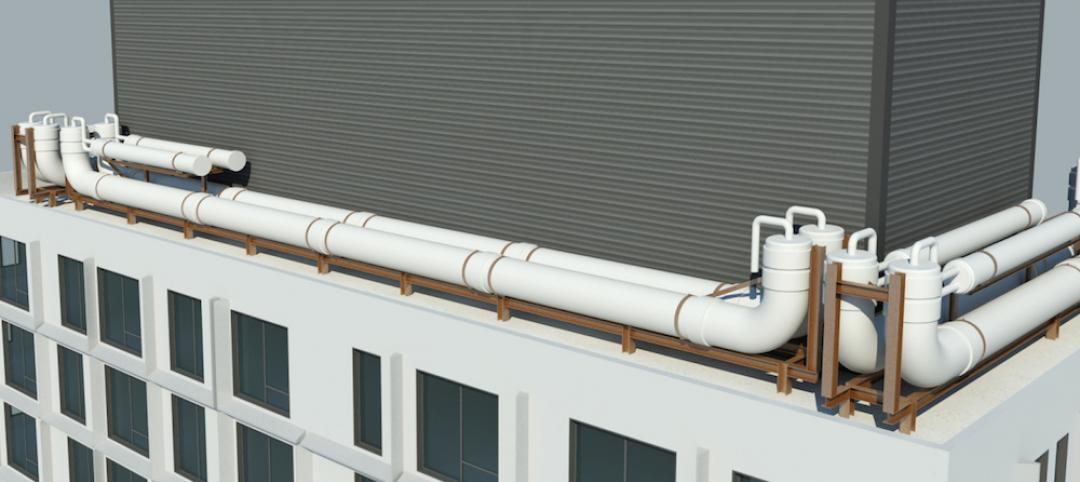Project Tango may sound like an underground dance movement in South America that’s packed to the gills with Latin flair while emanating the sounds of Carnivàle, but as fun as that sounds, it’s not what this Project Tango is about at all.
This Project Tango is more technological in nature. It is a platform that uses computer vision to give devices the ability to understand their position relative to the world around them. The platform looks to do this by combining three core technologies: motion tracking, area learning, and depth perception.
The motion tracking is implemented using visual-inertial odometry to estimate where a device is relative to where it started. Visual-inertial odometry uses inertial motion sensors that can track a device’s rotation and acceleration so that the device can estimate its orientation and movement within a 3D space with greater accuracy, even when used indoors.
The second core technology is area learning. The technology used in Project Tango has the ability to take note of key visual features of a physical space so that it can recognize them again at a later time.
The third and final core technology used in Project Tango deals with depth perception. Project Tango devices use a depth sensor that projects infrared light to estimate depth based on how the light is shaped by objects in the environment. This technology makes 3D room-scanning applications possible, but it also allows you to interact with the physical environment by using virtual objects.
You might be asking yourself, but what does all of this have to do with the AEC market? That’s a good question, and while currently the uses are somewhat limited, the potential is tantalizing.
Sure, this technology might seem to be more readily useful for creating video games and other sources of entertainment of that nature, but who would have thought something like virtual reality would have become such a useful tool for architects and designers?
For example, looking at an image of something and trying to determine how large it will actually appear in a given space can be very difficult. Something like a refrigerator or a stove might fit in theory, but can dominate a space when it is actually moved in. Some retailers, such as Lowe’s, are offering the ability to virtually place an exact 3D replica of a refrigerator or stove in the space the actual physical appliance would occupy. You can then walk around and look at it from various views to make sure everything is to your liking. In the future, it may also be possible to open and close the doors and all of the drawers to make sure the needed clearance is there.
Similarly, Tango devices can be used to place markers on various services in a given area. Combined with the future possibility of tagging information to these markers, such as specific information about the floors, cabinets, or paint colors used on a project, an augmented reality is created where clients can walk through a given space and see all of the information they might be curious about on their screens.
There is also an app titled Project Tango Constructor that allows for real-time 3D mapping and modeling of a given area. All it requires is to open the app, hold the device, and begin walking around the space that is to be mapped. The app provides first person, third person, and top down views of the area.
This can be taken a step further and can actually be integrated with the Unity game engine, again, in real-time, and can provide the geometry of a given space. The technology can sense things like corners and changes in elevation from doing nothing more than simply walking around and pointing the device.
This technology is still in the very early stages of its life, and it needs to evolve further before the true extent of its usefulness in the AEC market can be determined, but from what has been shown off so far, it doesn’t take an imagination like that of Willy Wonka to think of all the ways this could be used to improve both the speed and precision at which things are done.
You can watch the entire Vision Summit 2016 Project Tango presentation here.
Related Stories
BIM and Information Technology | Jun 13, 2016
The race to digitize the globe with 3D imagery
Tech firms are creating a highly-detailed virtual planet available instantly for those who would like to scrutinize it. SmithGroupJJR's Stephen Conschafter details the new technologies being used to map our world.
Sponsored | AEC Tech | Jun 9, 2016
With all these sharks in the water… (No Predictions Here...Part 2)
Rather than fighting to control the proliferation of apps, perhaps we should be training our eyes to look for signs of long-term viability among all the fins in the water
BIM and Information Technology | Jun 7, 2016
Conquer computational design: 5 tips for starting your journey
Data-driven design expert Nathan Miller offers helpful advice for getting your firm ready to use CD tools and concepts.
BIM and Information Technology | Jun 7, 2016
6 ways smart AEC firms are using computational design methods
Rapid prototyping, custom plug-ins, and data dashboards are among the common applications for computational design.
AEC Tech | May 31, 2016
As commercial buildings get ‘smarter,’ concerns rise over cybercrime
As buildings become increasingly connected, opportunistic hackers have countless avenues into a building’s network.
Sponsored | AEC Tech | May 31, 2016
CannonDesign manages a $2 billion hospital design review with digital processes
Collectif Santé Montreal turns to Bluebeam Revu for project efficiency in establishing the largest hospital in Montreal.
3D Printing | May 26, 2016
Dubai opens world’s first 3D-printed office
The 2,690-sf structure took 17 days to print. City officials say the labor cost was only half as much as similar size conventional buildings.
BIM and Information Technology | May 20, 2016
AIA and Autodesk introduce new feature to automate 2030 Commitment reporting data
The new automated connection will allow the more than 350 AIA 2030 committed firms to report their project and portfolio performance to the DDx directly from Autodesk Insight 360.
AEC Tech | May 12, 2016
How graphics can assist with the progress of a campus plan
Decision-making at higher education institutions can be difficult, but SmithGroupJJR's Michael Bostic writes that graphics can help by visualizing data and simplifying complex decisions.
AEC Tech | May 10, 2016
Thornton Tomasetti launches new tech company
TTWiiN initially features six products and will add more via its own incubator.


